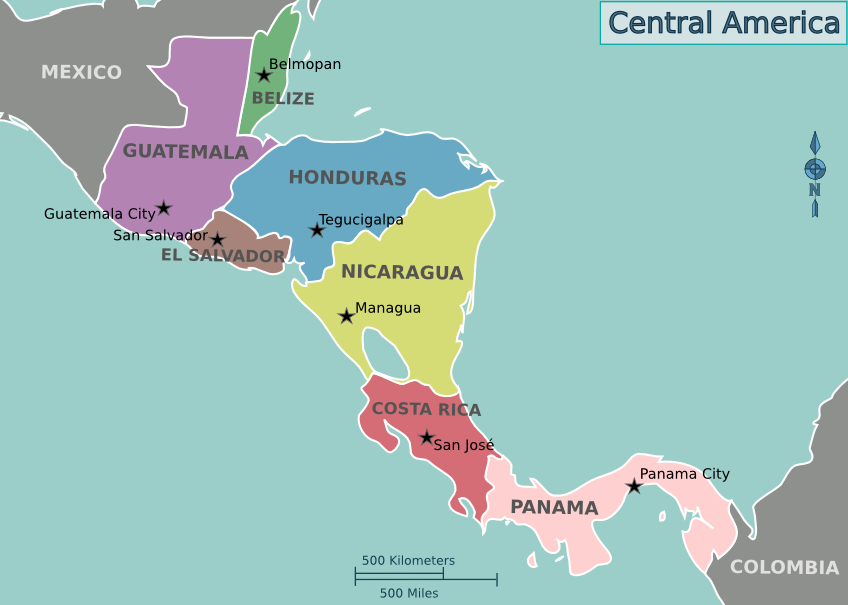The insurance market turns the page on the effects caused by the Covid-19 pandemic and prepares to face a more demanding and health-conscious consumer, who demands trust, better services, experiences, and products that are suit your needs.
The traditional model has become obsolete in the digital age, therefore, it requires innovation and at the same time be more sustainable over time, despite the challenges that climate change represents for a sector that seeks to be more relevant in a world globalized.
Insurance penetration is still low in Central America, and there is still a long way to go to reach the average rate of developed countries (between 8% and 12%), given that none of the countries in the region exceeds 3%.

Regarding the penetration rate of the insurance sector (premiums issued divided by annual GDP), the countries of El Salvador, Panama and Costa Rica presented the highest rates in the region and are above the Central American average (2,46%), indicates the Central American insurance sector report.
RADIOGRAPHY OF THE SECTOR
Said report stated that at the end of 2021, the Central American insurance market registered a consolidated amount of US$5.747 billion for net premiums issued, associated with an 8% annual increase, in contrast to the 1% reduction generated as of December 2020.
This variation is mainly due to the gradual reactivation of the region’s economy, coupled with the elimination of most restrictions, almost 2 years after the declaration of the pandemic in Central America.
When analyzing the composition by country, Panama and Costa Rica rank as those with the highest production of premiums in Central America, with US$1.611 and US$1.395 billion, respectively, and account for 52% of the total.
Likewise, Guatemala accounted for 20%, followed by El Salvador with 14%, Honduras with 9% and Nicaragua with the remaining 4%.
Manuel Aguilera from Mapfre Economics, told Bloomberg Línea during the Agis 2023 Forum, Insurance Market Trends that took place in Guatemala City, that in the cases of Honduras and Nicaragua there is not enough information on the development of the insurance market.
However, Aguilera considered that the dynamics of these countries are not so different from other markets, because it is a very homogeneous region with the exception of Panama and now Nicaragua due to its political situation.
THREE LIMITATIONS AFFECT GUATEMALA
Nolasco Sicilia, treasurer of the Association of Insurance Institutions in Guatemala (Agis), told Bloomberg Línea that one of the reasons why the country is lagging behind in insurance penetration is due to three limitations, mainly, the first is due to the lack of compulsory insurance in contrast to other countries that do have them.
Another limitation is, for example, that in the case of El Salvador there is pension insurance, which is included in the insurance market, in contrast to Guatemala, which does not have legislation on this subject.
The third limitation is that in Guatemala the Value Added Tax (VAT) is applied for insurance, and this is not applied in other countries, Sicilia said.
In addition, the insurance culture is very low in Central America, and even in the midst of these challenges the sector continues to constantly innovate in order to reach other segments, whether massive or micro insurance, added the Agis executive.
Guatemala has the lowest penetration in the region, but it continues to grow.
At the end of 2022, the insurance market amounted to US$1.306 million, according to data from the latest Guatemalan Insurance Market Report prepared by Agis, which represented a growth of 6.45%, that is, it did not achieve 8% projected for that year.
The total compensation paid by the insurance sector in Guatemala in December last year was about US$633.07 million.
COMBINED PRODUCTS
Aguilera from Mapfre Economics commented that there are interesting opportunities that the insurance sector in Central America can still explore.
For example, when analyzing data from the GIP-Mapfre Global Potential Insurer Index 2022, it was determined that countries are focusing more on non-life insurance than on life, and it is logical in emerging markets when they take off through auto insurance, property, third party liability, among others.
But the greatest potential is in life insurance and not only in death insurance, but also in those that link the risk of death with long-term investment or savings mechanisms.
Aguilera said that in “this combination” is the great future of the insurance activity, they are more sophisticated products, but they meet important needs for the population.
“When we observe the values of life premiums with respect to GDP in markets such as Japan, Canada or England, they are between 8 and 12%, and in Latin America the penetration of this type of insurance barely reaches 2.5%, the opportunity is gigantic,” he stressed.
“Insurance growth data in the last decade reflects that the greatest increase is in life insurance, which is why little by little it is permeating the culture of consumers; and together with innovation on the side of insurers, products with these characteristics can be placed on the market,” concluded Aguilera.
With information from Bloomberg

